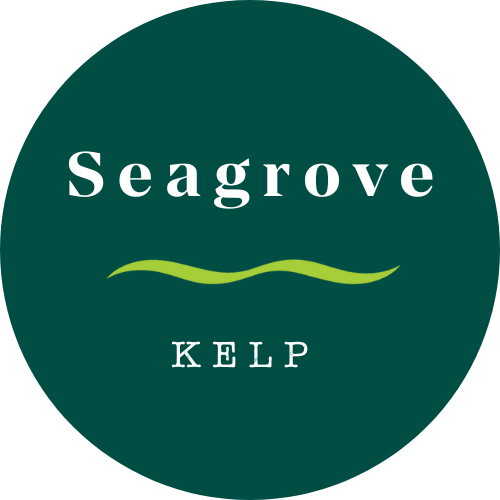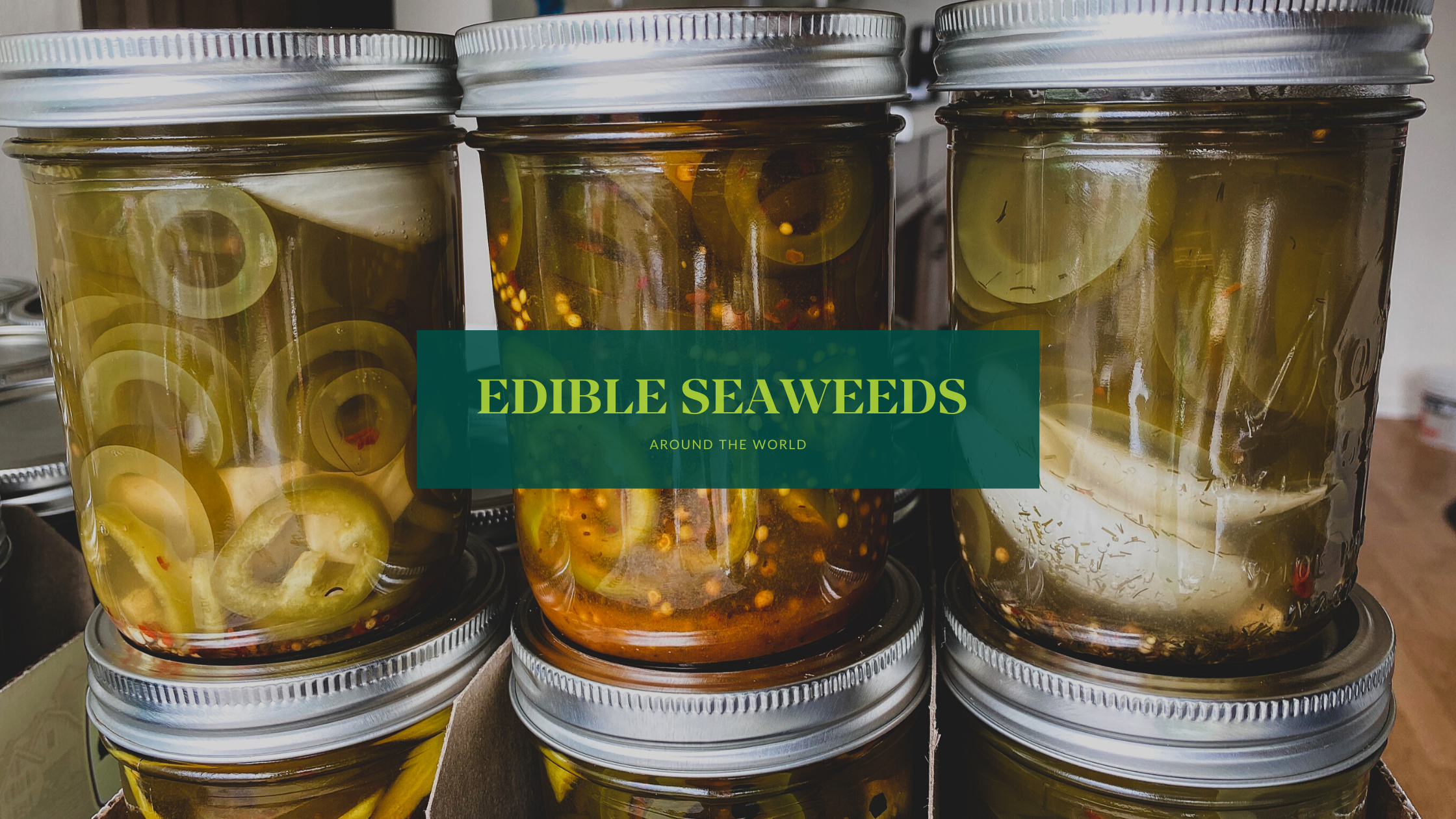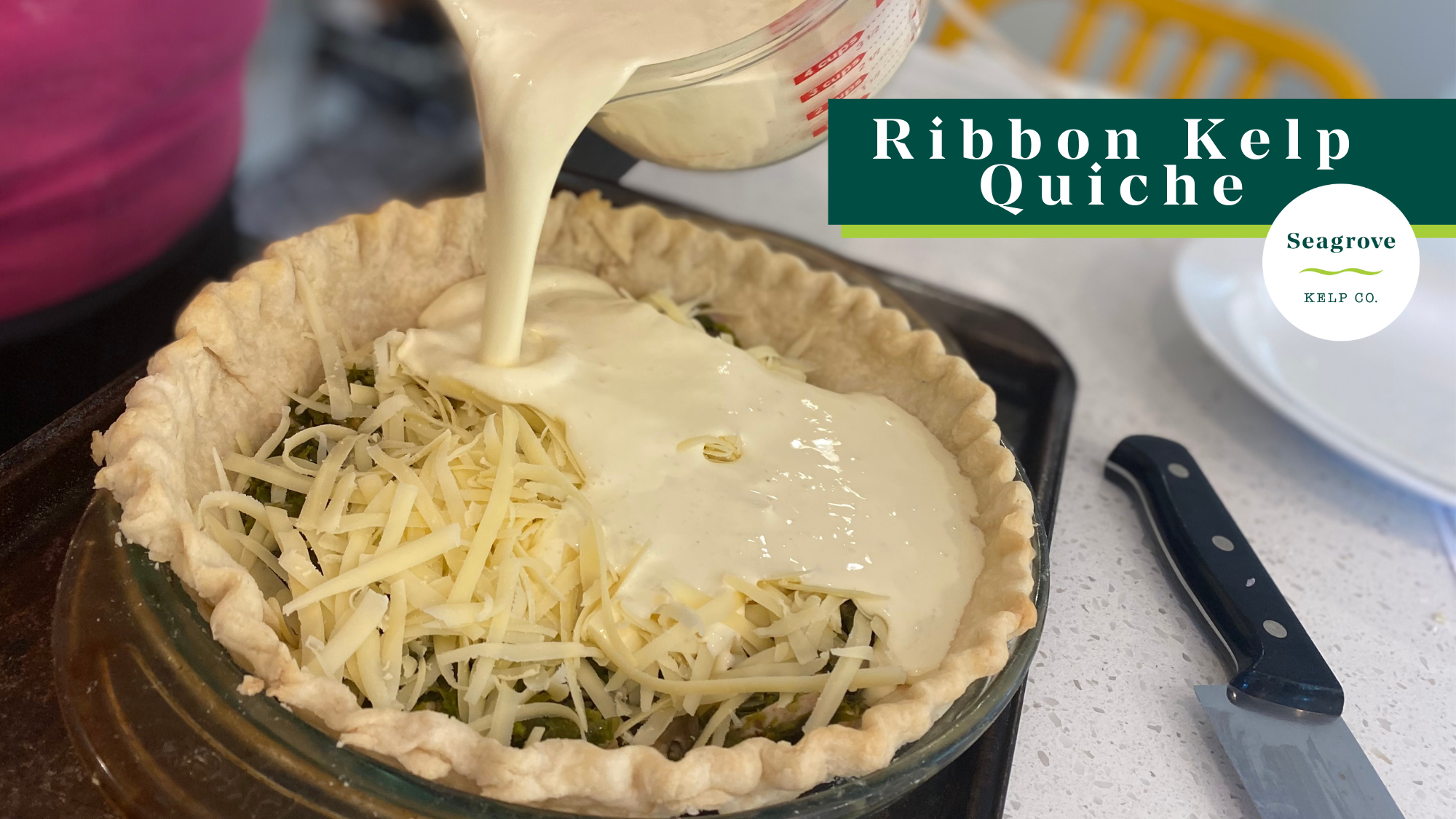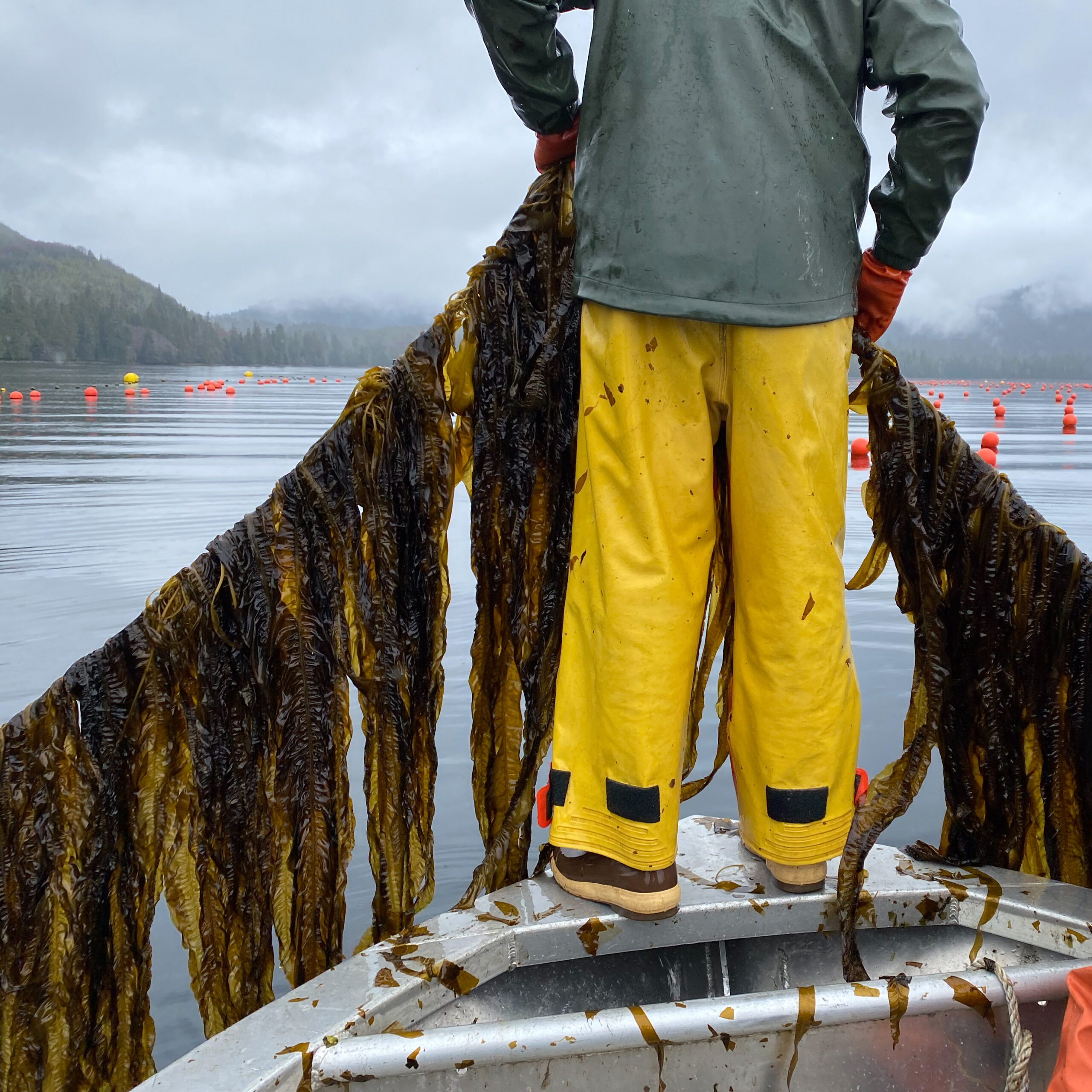Although all seaweeds are technically edible, a handful of them have been turned into popular delicacies worldwide. Seaweed has been used as a delectable and nutrient-rich snack for as long as people have harvested it from the sea. The most commonly consumed seaweed snack around the world is known as Nori, a red algae that is most frequently used in Japanese cuisine. Nori is ripped apart and dried in sheets, much like paper making. When dried the Nori is packaged in those same sheet forms and used for many purposes including snacks for school children (my own children obsess over dried nori sheets) and, most recognizably for most Americans, as sushi wraps.
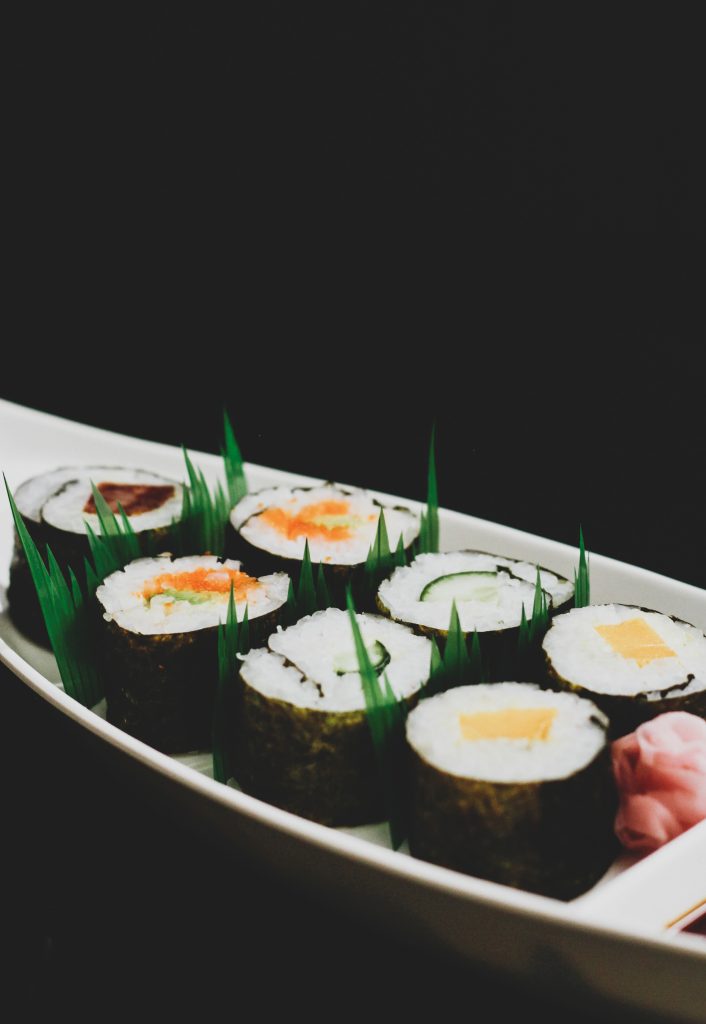
However, while delicious, Nori is far from being the only seaweed snack out there. There’s a large variety of seaweeds with different uses and unique flavor profiles while sharing the common ground of being exceedingly nutritious. The world of seaweed is continuously growing and adapting and no matter what your individual tastes are there is bound to be a seaweed product that is right for you.
Wakame is a subtly sweet seaweed that you might recognize from your favorite restaurant’s bowl of miso soup. While calling Japan its native home, wakame is cultivated worldwide now with farms in France, Australia, and Korea. After cultivation wakame is oftentimes freeze-dried and then shipped worldwide to be used in soup broths and salads. Check out these wakame flakes to add a deep flavor to your favorite dishes!
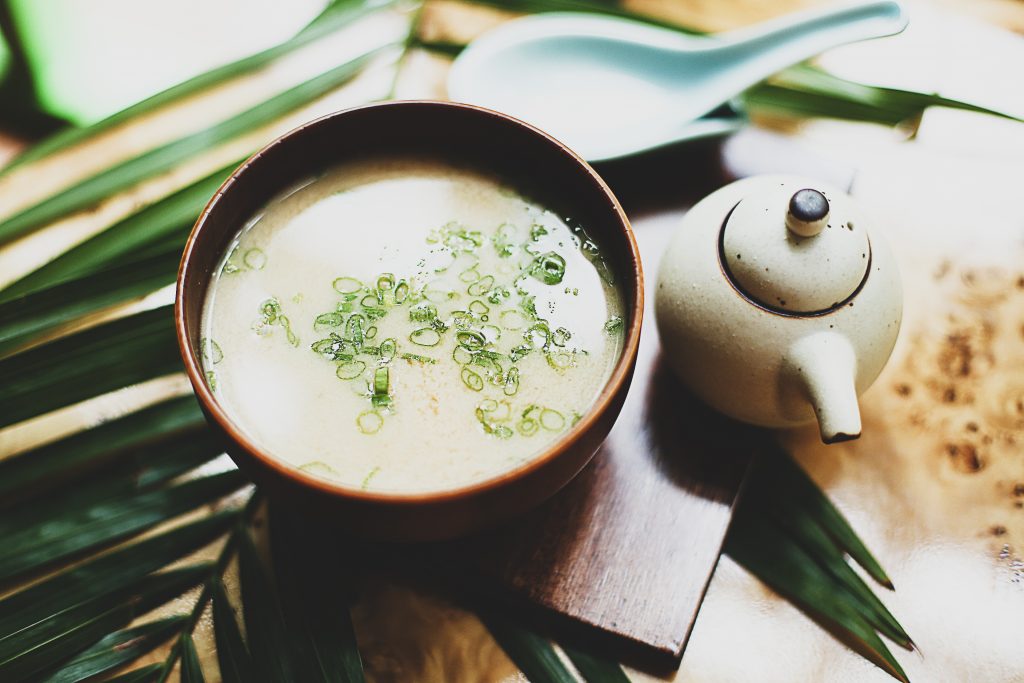
Bull Kelp, a brown seaweed that dominates the west coast of North America, is tender kelp that once dried is easy to eat. Every part of bull kelp is edible and has multiple uses. The stipes can be cut into rounds and pickled, making a supremely tasty snack and the blades are often ground into seasonings with deep flavors or used as wraps for cooking food. The uses of bull kelp are just now being dug in to and they have a large potential for use in home cooking.
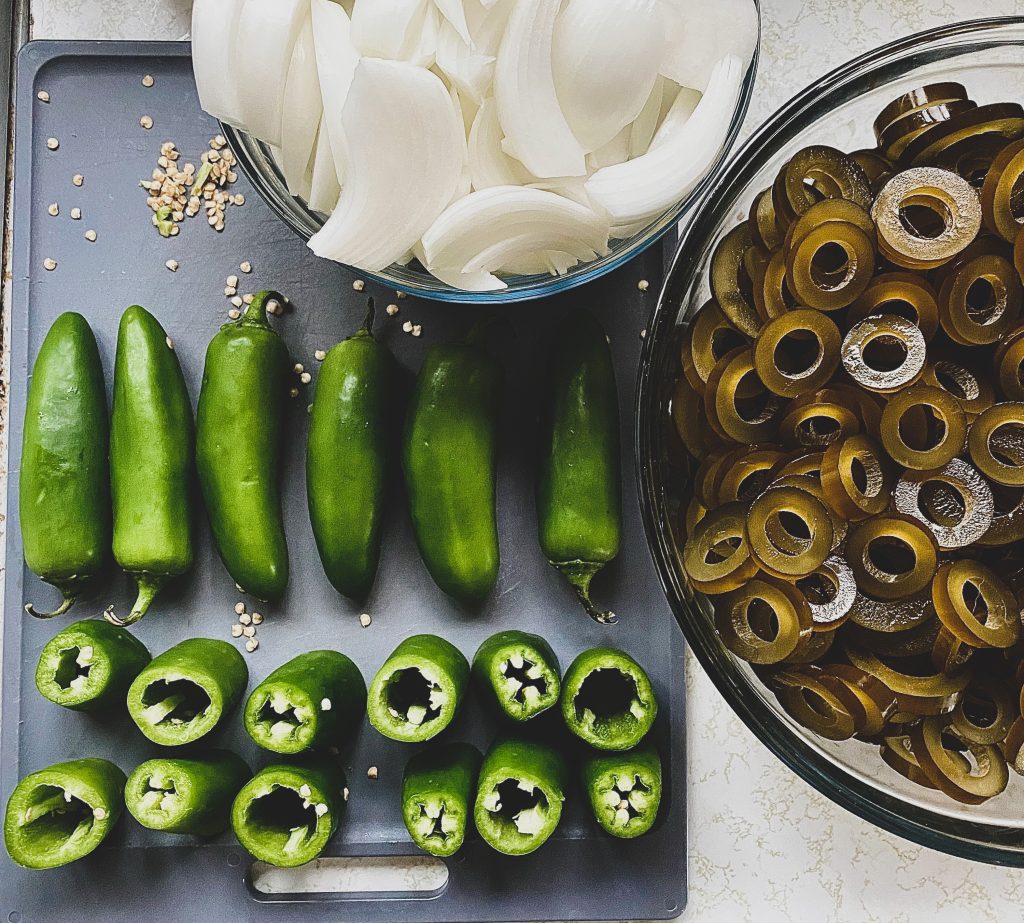
Kombu, another Japanese delicacy, is often sold dried or pickled in vinegar. It is boiled in water to make soup stock and then eaten directly afterward. In eastern Asia, it is also used to make a tea rich in umami. In the Western world, kombu is more recognizably used dried as flakes and added as a seasoning to rice, soup, and other dishes.

An Irish red seaweed called Dulse grows along the jagged rocks along the northern coasts of the Atlantic and Pacific. Dulse has been harvested in Scotland and Iceland for over a thousand years and the Irish still use dulse in their famous Irish soda bread. With a soft leathery texture, it has a taste reminiscent of bacon, making it a popular bar snack in Canada where it’s cooked in oil until crispy. Dulse has many uses, however, and is also oftentimes baked into chips and used as a meat seasoning. Dulse is a prime example of how consuming kelp might not be what you think.
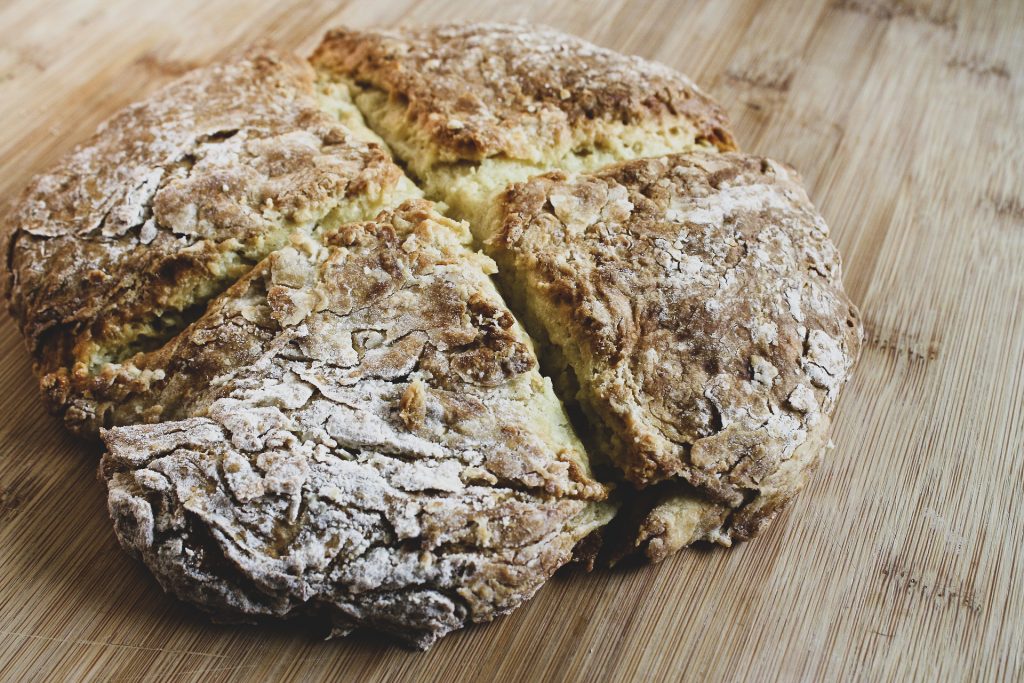
Irish moss grows along the rocky coasts of northern Europe and North America. It is a small red moss that resembles little trees with twig-like branches. Irish moss is commonly used as a thickener and despite not knowing it, most Americans have been consuming Irish moss throughout their lives. It is a key ingredient as a thickener in puddings, ice cream, and even processed lunch meats. Another surprising use for Irish moss is as a clarifying agent in homebrewed beer. We like Irish moss!

Despite being consumed by humans for thousands of years we are still cracking open the many uses for kelp in our everyday meals. At Seagrove Kelp Co. we want to educate and provide a healthy, sustainable food option that is both easy and filling enough for any at-home cook as well as diverse and rich enough for a five-star chef. Follow along with us and you just may discover your next favorite ingredient.
